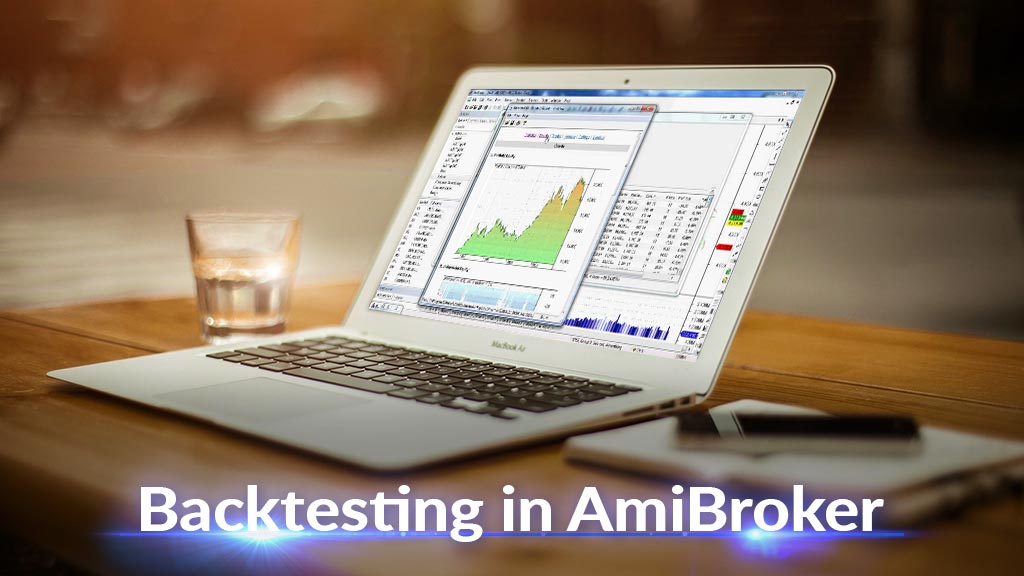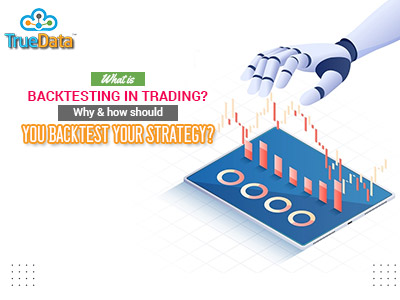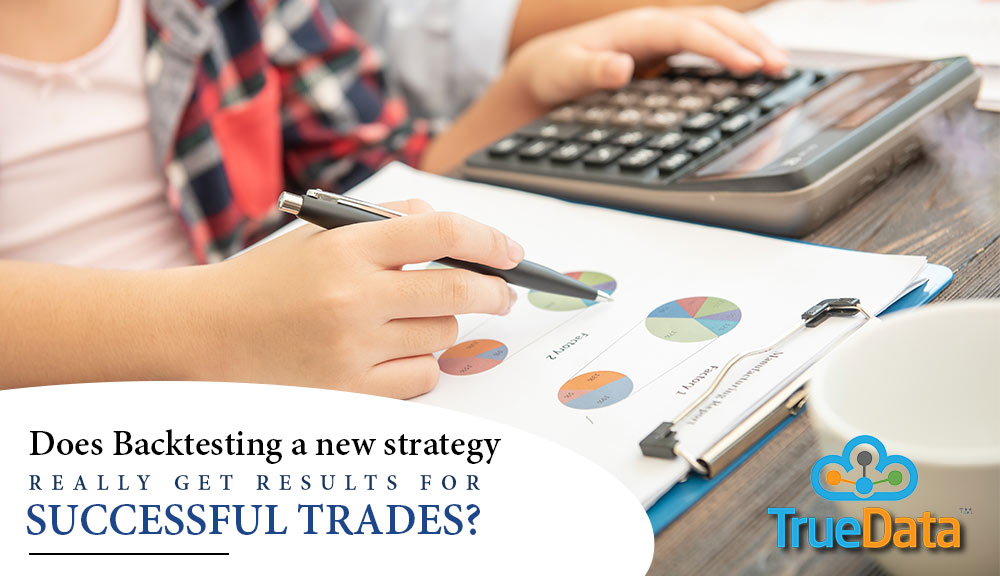
The joy of successfully implementing a trading strategy and creating a successful trading portfolio is unparalleled for any trader. Now imagine if you have a magic wand to ensure that all your trading strategies are successfully implemented. Wouldn't it be great always to have successful trades without any errors? While this is wishful thinking as no trader can ever claim a 100% strike rate in trading, you can still ensure that your trading strategies are sound by backtesting them. This is a method that even seasoned traders adhere to. So let's delve into the meaning of backtesting trading strategies and the mistakes you must avoid while doing so.

Backtesting trading strategies is a crucial process for traders across the globe. It essentially involves evaluating a trading strategy by simulating trades using historical market data to assess its viability and potential profitability before risking actual capital in live markets. Traders develop a set of rules based on technical indicators, fundamental analysis, or a combination of both, and then apply these rules to past market data to see how the strategy would have performed.

The importance of backtesting a trading strategy is detailed here.
Risk Assessment - Backtesting allows traders to assess the risk associated with a trading strategy by analysing metrics such as drawdowns, volatility, and risk-adjusted returns, helping them make informed decisions about capital allocation.
Decision Making - Backtesting assists traders in making better trading decisions by providing empirical evidence of how the strategy would have performed historically, reducing reliance on intuition or guesswork.
Performance Evaluation - Backtesting helps traders evaluate the performance of a strategy by measuring metrics like win rates, Sharpe ratios, and overall returns, enabling them to identify strengths and weaknesses and make necessary adjustments.
Strategy Validation - It validates the viability of a trading strategy by simulating trades against historical market data, providing insights into the strategy's potential profitability and effectiveness in different market conditions.
Market Understanding - It enhances traders' understanding of market dynamics and behaviour by testing the strategy across various market scenarios, helping them adapt and optimise the strategy for different market conditions.

The art of backtesting trading strategies is a process of fine-tuning the analysis from the available historical data. However, it can be tricky. Here are a set of common mistakes that traders make and should be avoided.
Overfitting occurs when traders excessively tweak their trading strategy to match historical market movements precisely. This can lead to a strategy that performs exceptionally well in backtesting but fails to deliver similar results in live trading due to its inability to adapt to changing market conditions. In order to avoid overfitting traders should use a diverse range of historical data that spans different market environments as well as apply robust statistical techniques. The focus should be on developing a strategy that demonstrates consistency across various scenarios rather than one that perfectly fits past data.
Using a limited amount of historical data or a small sample size can skew backtesting results and lead to unreliable conclusions about the performance of a strategy. It is essential to gather a sufficient amount of data spanning different market cycles and conditions to validate the robustness and effectiveness of a trading strategy. Hence, traders should consider incorporating data from various timeframes and market scenarios to obtain a more comprehensive evaluation.
While technical analysis is popular among traders, fundamental analysis factors also play a crucial role in market movements. Fundamental analysis considers factors such as macroeconomic indicators, corporate earnings, industry trends, and regulatory changes. Neglecting fundamental analysis during backtesting can result in a strategy that fails to capture important market drivers. Therefore, traders need to incorporate both technical and fundamental analysis into their backtesting process to develop a more comprehensive and robust trading strategy.
Transaction costs, including brokerage fees, taxes, and slippage (the difference between expected price and actual execution price), can significantly impact the profitability of a trading strategy. While India is progressing towards competitive brokerage fees, the taxes are still quite significant. Failing to account for these costs during backtesting can lead to unrealistic expectations. Therefore traders should incorporate transaction costs and slippage into their backtesting simulations to obtain a more accurate assessment of potential returns and performance.
Market liquidity refers to the ease with which assets can be bought or sold without significantly impacting their prices. Ignoring liquidity constraints during backtesting can lead to misleading results, especially in dynamic markets where liquidity can vary widely across different stocks and asset classes. Traders should ensure their backtesting simulations account for realistic order sizes relative to average trading volumes to assess how the strategy performs under varying liquidity conditions.
The default focus of backtesting is often on profitability metrics however, effective risk management is equally critical. Failing to implement proper risk management techniques (such as setting stop-loss orders, determining position sizes based on risk tolerance, and diversifying the trading portfolio) can expose traders to excessive losses during volatile market conditions. Therefore, traders need to prioritise risk management in their backtesting process to ensure the longevity and sustainability of the trading strategy.
Finally, ignoring behavioural biases can lead to mistakes in backtesting and decision-making. For example, hindsight bias makes past events seem more predictable than they were, and overconfidence can make traders too sure of themselves. Therefore, to stay objective, traders should use a systematic strategy and focus on realistic assumptions while being aware of how biases can affect their trading choices.
Backtesting a trading strategy is the core of any trading process and the building blocks to having a successful trading plan. However, it is important to avoid mistakes or errors in the backtesting process to have a robust trading strategy. Avoiding the common pitfalls while backtesting any trading strategy can help traders have a systematic and comprehensive approach to backtesting thereby enabling them to make more informed trading decisions in live trading.
Read More: What is support and resistance in technical analysis?
Read More: Licensed Realtime Data Vendor Of Indian Stock Exchanges

Backtesting in AmiBroker Before getting into any technicalities or know-how, we...

What Is Backtesting? Backtesting is the overall technique for perceiving how we...

Does Backtesting a new strategy really get results for successful trades? The n...